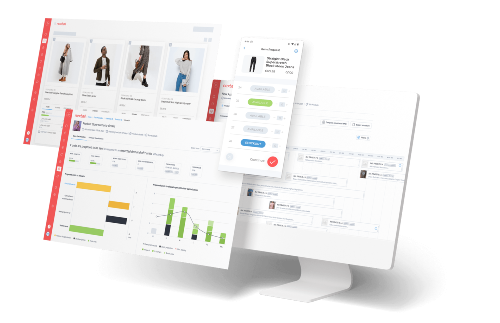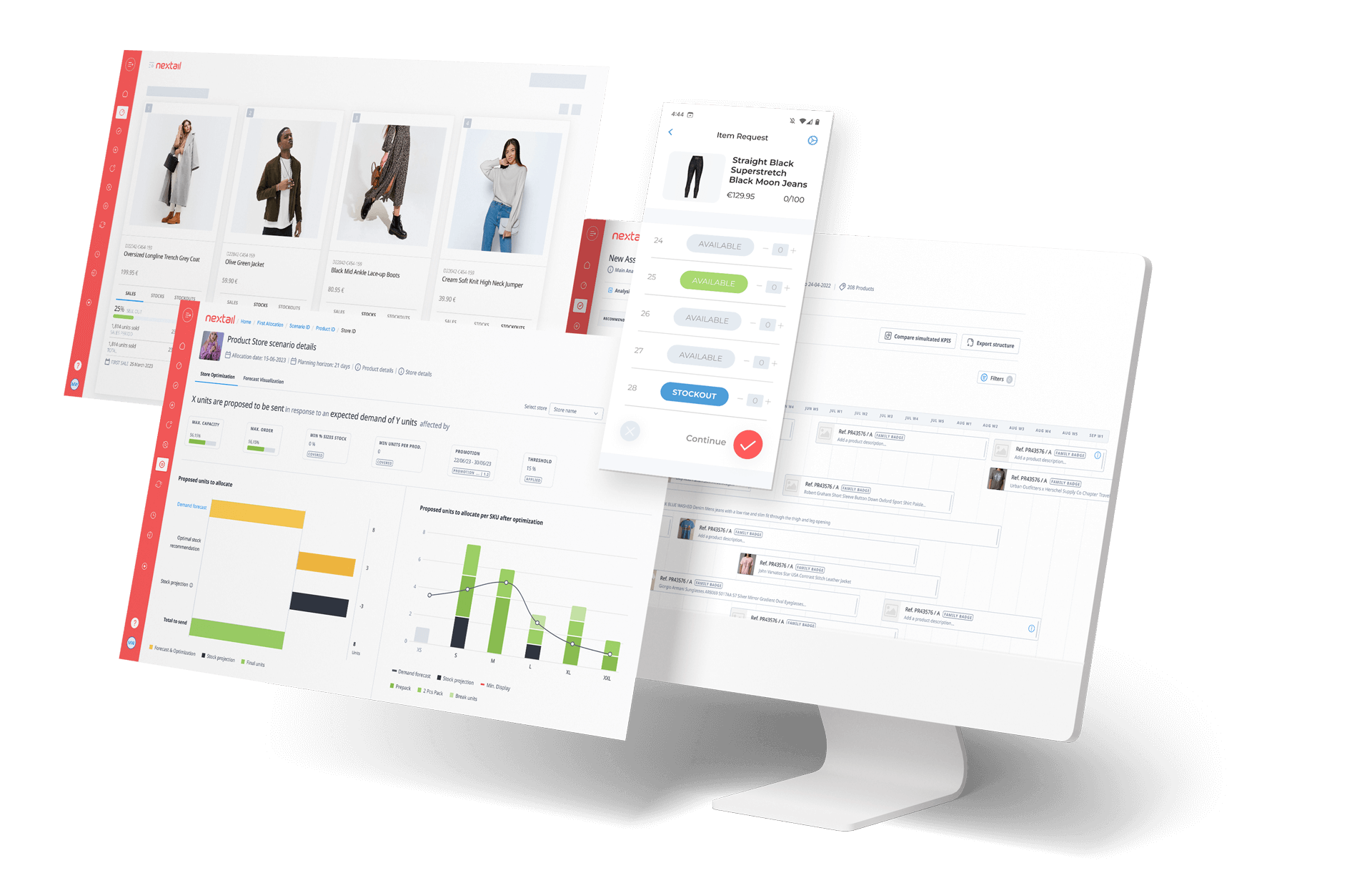Retail merchandising solutions: Build vs. buy?
These 5 questions will help you determine if your retail business is better suited to developing in-house tech solutions or seeking out an external provider.
No matter if they’re large or small, if they retail in sports, fashion, or any other type of collection-based environment, it’s a problem that many retail organizations struggle with: Do I build a merchandising solution in-house or do I buy a solution from an external provider?
Some businesses may worry that an outside service won’t understand the nature of their business. Or they may think an in-house approach will be cheaper. Alternatively, they may be concerned that they don’t have the resources to build what they want, or that it will take them too long to succeed on their own.
Clearly, there are cases where the in-house approach makes sense, and others where an external provider is the better way to go. But overall, which is best? Inside or outside? Here are five questions and five answers to set the record straight:
1. Does your organization have the bandwidth to become a software business?
Focus is everything. You’re a fashion or other collection-based retailer who enjoys delivering amazing goods and giving the best service to your clients. This is you at your finest. Spending time, money, and energy to develop a new technology infrastructure within your business takes you away from the area where you excel. Tech’s not core. It doesn’t play to your strengths. It’s also extremely complex, and it’s changing at the speed of light.
Staying in front of your competitors and keeping customers coming back requires full-time focus on what you do and what you sell. Diverting time and resources to build and maintain an in-house technology solution means less time and resources to spend on core activities and can be counter-productive. Hiring an external provider can solve this dilemma. You’re a specialist at what you do, they’re specialists at what they do. Let them focus on your merchandising solution while you focus on your customers.
2. Can you secure the tech talent you need?
Few retailers will have the necessary tech workers to implement an in-house merchandising solution, especially one that involves highly advanced tech like artificial intelligence and machine learning. To develop the advanced technology they need, most retailers will need to hire teams of software developers, data engineers, and even other data professionals you might not expect such as engineering managers and infrastructure/platform specialists. You’ll also need to bring on many new tools for managing developing processes, structures, and more. This won’t be easy.
There are labor shortages in almost every business sector in almost every market, and they are most acute in IT and tech, especially for professionals in areas of data and artificial intelligence. Exacerbating matters, talent acquisition in this space differs greatly from other industries, meaning you’ll need to grow and upskill your talent team – selection can often be outsourced, but candidate acquisition and validation is another story.
According to global recruitment firm Manpower, 78% of US technology-based businesses cannot secure the talent they need, and fierce competition for workers is driving compensation to levels well above the norms of most retail organizations. Can you compete in a hiring market like this?
Additionally, there is the issue of retention. Even if you can incentivize the best talent to join your organization, can you keep them? Top tech workers are forever tempted by offers from technology firms who push the digital limits. High churn rates could leave you in a state of perpetual recruitment, which can have a destabilizing effect. It makes more sense to partner with a technology provider who already has the talent you require and the resources to add new specialists as and when they’re needed.
3. Do you have the time it takes to build your own solution?
Tomorrow’s shopping experience will rely on ever more powerful technology, and retailers will need to continually implement radically new approaches if they wish to remain competitive. Unfortunately, this is not a fast process. Bringing a new technology solution to market requires a combination of discovery, research, design, testing, standardization, implementation, and review.
Alternatively, specialist providers can readily supply the merchandising technology most retailers need. Consider Nextail’s smart platform for retail merchandising. It was built by retailers for retailers and specifically developed for collection-based operations, which makes the process significantly faster, in some cases cutting the time between project kick-off and first results from years to months or weeks.
4. Can you shake off the natural resistance to change?
Transforming operations requires great change, and change is something most of us naturally resist. If you’re investing resources into developing solutions to solve organizational pain points, it’s necessary to embrace the bigger picture and think creatively to solve those challenges. Unfortunately, in-house teams can be so constrained by current conditions that they find it impossible to drop legacy mindsets. This makes it difficult to adopt the radical change that’s required for an optimal outcome. In short, if you’re too close to the trees, you can’t see the forest.
To get the best result you need a bird’s eye view – the clear perspective that can only be gained from outside observers. The best solutions providers will work alongside inside teams to grasp organizational needs and provide guidance through the change process. This level of collaboration ensures the technology delivers what’s needed now and for the future, increases user confidence in the system, and speeds the adoption process.
5. Is your in-house solution future-proof?
A common limitation of in-house solutions is that they can quickly become obsolete in the face of changing technology trends. If today’s retailers must continually update their merchandising solutions to be competitive tomorrow, and given the amount of time and resources it takes to develop this technology in-house, does it make sense to build something that may have a very short shelf-life?
Instead, specialist providers offer retail solutions that are constantly updated, stay on top of industry-driven trends, and deliver the latest functionalities. What’s more, AI-based solutions benefit from large volumes of data to make them more accurate. If you only have your own data to work with, it will take longer for your solutions to produce insights that are helpful or even accurate, and they will almost always be limited in scope.
Some external solutions are able to leverage the data from many within the industry to produce much more informed insights and decisions. And this access to wider industrial insight isn’t limited to data. You also plug into a network that gives you the advantage of ‘peer thinking’. Nextail works with fashion retailers globally, allowing you to join a club of like-minded individuals who are driving fashion forward. Nextail is fashion tech now and tomorrow, not yesterday.
In summary, building your in-house tech solution instead of buying from an external provider is like spending time and money to make a suit, only to find it’s gone out of date, or joining a fashion club that gives you a fresh wardrobe every day. Which would you sooner have?
The final score
Outside wins. Choosing an external merchandising solutions provider over in-house development will save you time, energy, and CAPEX. You’ll get the best talent to solve your biggest challenges, a cutting-edge system that stays current, and expert support to guide you through the implementation process. Put together, this means you can forget about the IT and focus on what you do best – giving your customers the ultimate experience, products, and service.



